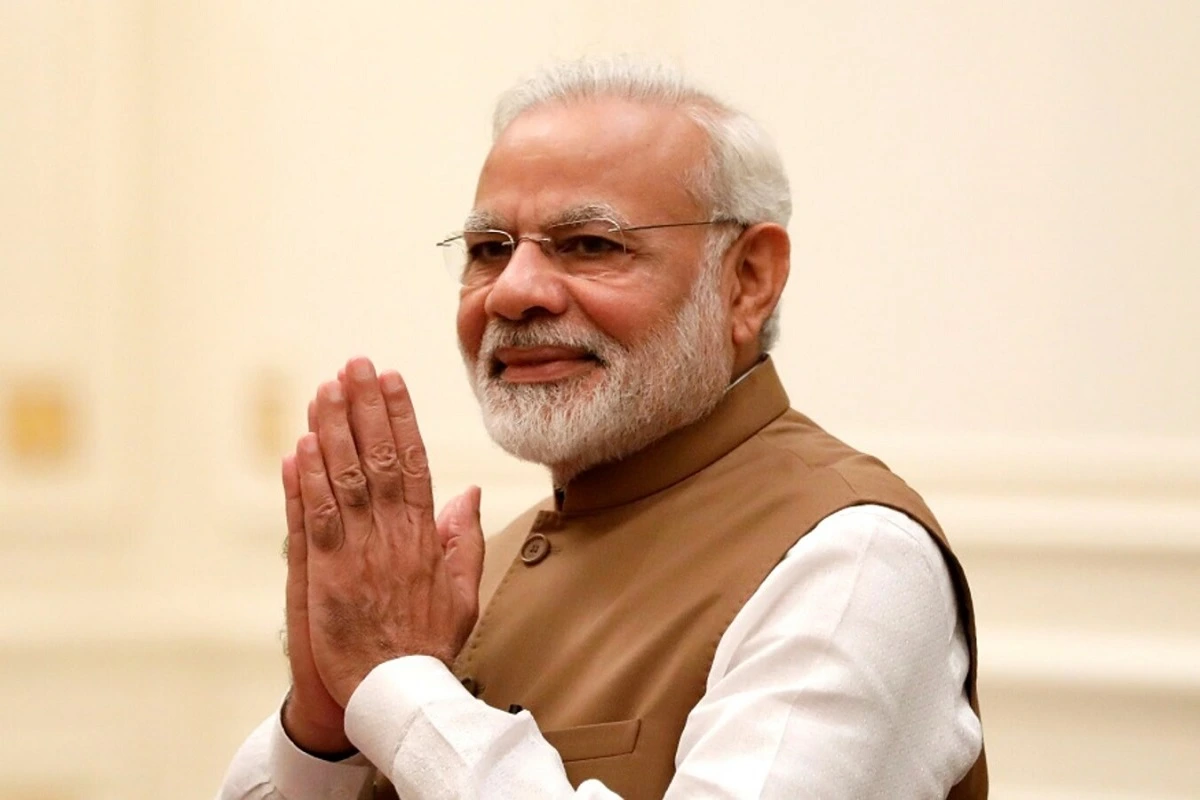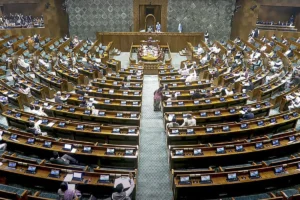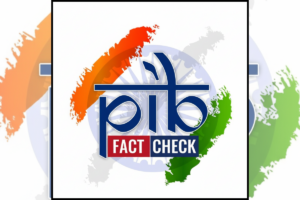
BJP's mass connect programme begins
India under the leadership of Prime Minister Narendra Modi is focussing on indigenous development in different emerging technologies including Artificial Intelligence and quantum technology.
The Prime Minster approved on April 19 the National Quantum Mission for domestic development of technologies in secure communications, healthcare responses and disaster management through better predictions.
The project would eventually help India to become a global producer and partner in making quantum computers. QT is based on the principles of quantum mechanics developed in the early 20th century to describe nature at scale of atoms and elementary particles.
Using quantum superposition, a set of unbreakable codes or super-speedy information processing, quantum computers are able to mimic several classical computers working in parallel. QT computers are highly secure and process information faster than all versions of computers available at present.
The new mission targets developing intermediate scale quantum computers with 50-1,000 physical qubits in eight years in various platforms such as superconducting and photonic technology.
Immediate deliverable is development of intermediate scale quantum computers with 20-50 physical qubits within three years, 50 to 100 physical qubits in five years and 50 to 1,000 physical qubits in eight years on various platforms such as superconducting and photonic technology.
“The mission will develop satellite-based secure quantum communications between two ground stations over a range of 2,000 lm within India and inter continent by the end of eight years of the mission,” the goal of the mission states.
One of the priorities of the Indian Budget for the FY 2023-24 is on a vision to “Make A-I in India and Make A-I work for India”.
The budget announced setting up of three centers of excellence for Artificial Intelligence in top educational institutions. Leading industry players will partner in conducting interdisciplinary research, develop cutting-edge applications and scalable problem solutions in the areas of agriculture, health, and sustainable cities, which will galvanize an effective A-I ecosystem and nurture quality human resources in the field.
Further, an announcement was made for setting up Digi Locker for the use by MSMEs, large business and charitable trusts for storing and sharing documents online securely, whenever needed, with various authorities, regulators, banks and other business entities.
Indian government is also trying to grab the opportunity thrown up by 5G in the telecommunication. On 5G Services, the FY 2023-24 budget announced setting up one hundred labs for developing applications using 5G services in engineering institutions to realize a new range of opportunities, business models, and employment potential. The labs will cover, among others, applications such as smart classrooms, precision farming, intelligent transport systems, and health care applications.
India lagged behind as compared to its global pears in R&D expenditure, but the current government is trying to mitigate the gap. India spent 0.7% of its GDP on R&D in 2017-18, while the same among other developing BRICS countries was Brazil 1.3%, Russian Federation 1.1%, China 2.1% and South Africa 0.8%.
During the present government’s tenure, R&D budget has seen spurt leading to improvement in India’s global rankings in innovation. India’s gross expenditure in R&D has tripled between 2008 & 2018 driven mainly by Government sector and scientific publications have risen placing the country internationally among the top few, as per the R&D Statistics and Indicators 2019-20 based on the national S&T survey 2018 brought out by the National Science and Technology Management Information (NSTMIS), Department of Science and Technology (DST).
Today India ranks at 40th position out of 132 in the Global Innovation Index (GII) 2022 rankings released by the World Intellectual Property Organization (WIPO). Last year India was ranked 46th.
This is a big improvement if we compare this year’s rank with 81st rank in 2015. It is inspiring because the global Innovation Index is made on the basis of a plethora of indicators including the quality of ‘institutions’, ‘human capital and research’, ‘infrastructure’, ‘market sophistication’, ‘business sophistication’, ‘knowledge and technology outputs’ and ‘create outputs’. Improvement in India’s ranking shows that all indicators have combined shown positive growth.
Having a large market of technical gadgets, India is also thinking about manufacturing semiconductors indigenously. In 2021, India announced its roughly USD 10 billion dollar Production-Linked Incentive (PLI) scheme to encourage semiconductor and display manufacturing in the country. Also, a Design-Linked Initiative (DLI) scheme to drive global and domestic investment related to design software, IP rights etc.
The Indian government is close to approving a USD 1 billion investment proposal by Micron Technology to set up an Advanced Therapy Medicinal Products (ATMPs), facility in the country. Based in Idaho, USA, Micron Technology is the world’s fifth largest semiconductor company. The firm has 11 manufacturing sites across US, Japan, Taiwan, Malaysia, Singapore, and China.
In January 2023, the US Semiconductor Industry Association (SIA) and the India Electronics and Semiconductor Association (IESA) decided to form a private sector task force to strengthen bilateral collaboration in the global semiconductor ecosystem. The Vedanta-Foxconn JV has finalized the Dholera Special Investment Region (near Ahmadabad) as the location for their semiconductor and display manufacturing facility.
Slowly India is moving forward under the stewardship of Prime Minister towards becoming a global tech power. Prime Minister always takes interest in providing incentives to the state of the art technology.
The latest development is the emergence of Drone ecosystem in India. Already the revolution of the drone industry in India is positively growing. From food delivery to movie making, drones are becoming one of the essential parts of today’s digital era. The companies like Atom Technology, Info Edge India, Zomato, Arav Unmanned Systems, Paras Defence and Space Technologies, Garuda Space etc. have already started manufacturing drones for different purposes in India. Drones manufactured in India find various applications across fields, including commercial, recreational, and defence.
The Indian UAV market has the ability to become one of the most competitive markets across the globe. The market presents tremendous manufacturing opportunities; this is likely to promote the local competitive landscape and boost employment in India.
India’s drones and drone component manufacturing industry is estimated to have the potential to attract investments worth USD 650 million, which will enhance domestic manufacturing within the country and create more than 10,000 direct jobs over the next three years.
Thanks to Prime Minister’s focus on India’s emergence as a global tech power. His efforts have started showing results. It is now hoped that India would soon emerge as a hub of high tech global value and supply chain.
(Source Agency)
To read more such news, download Bharat Express news apps





















